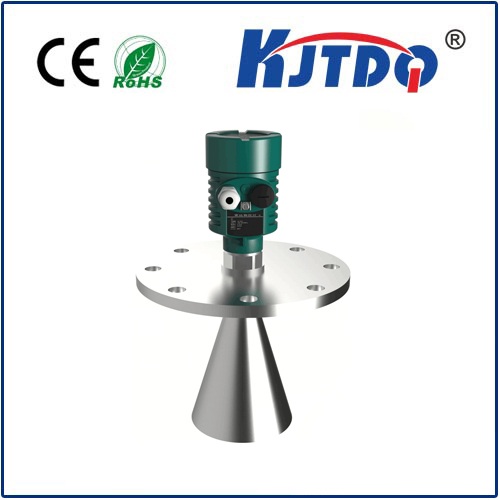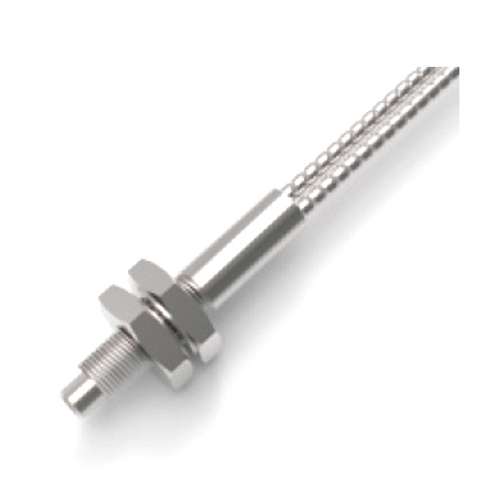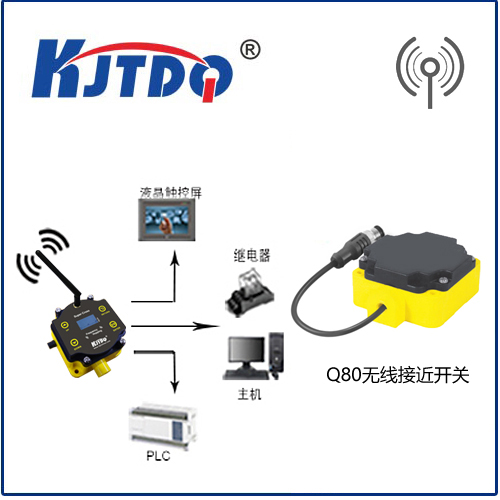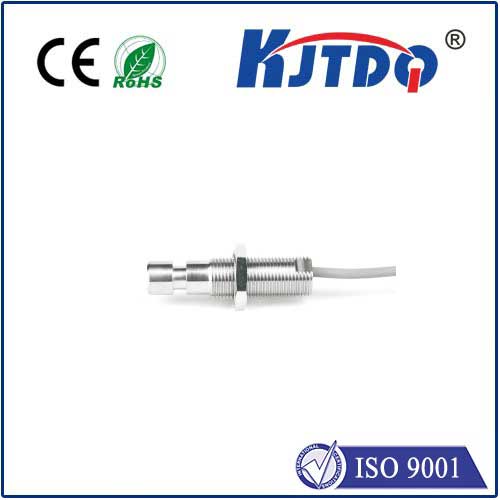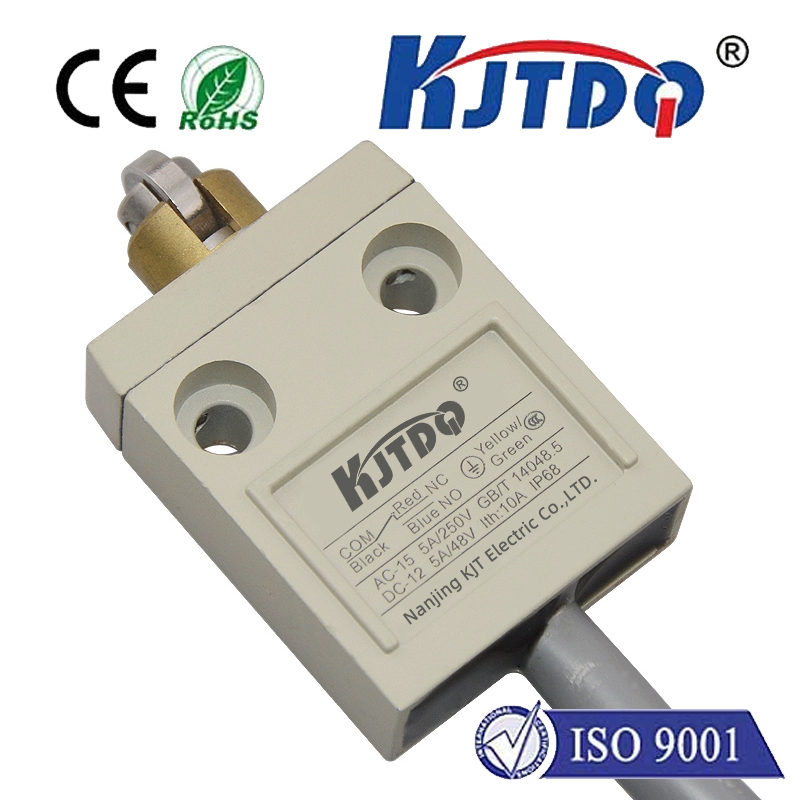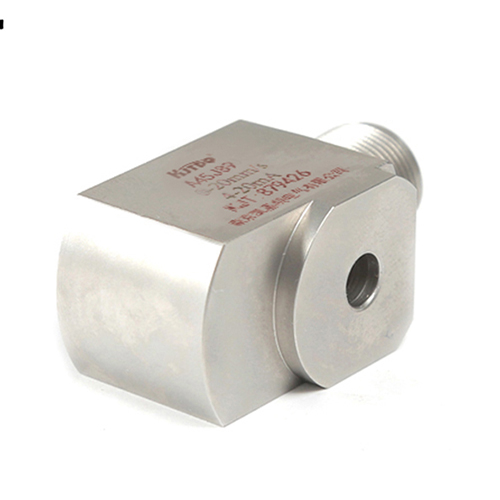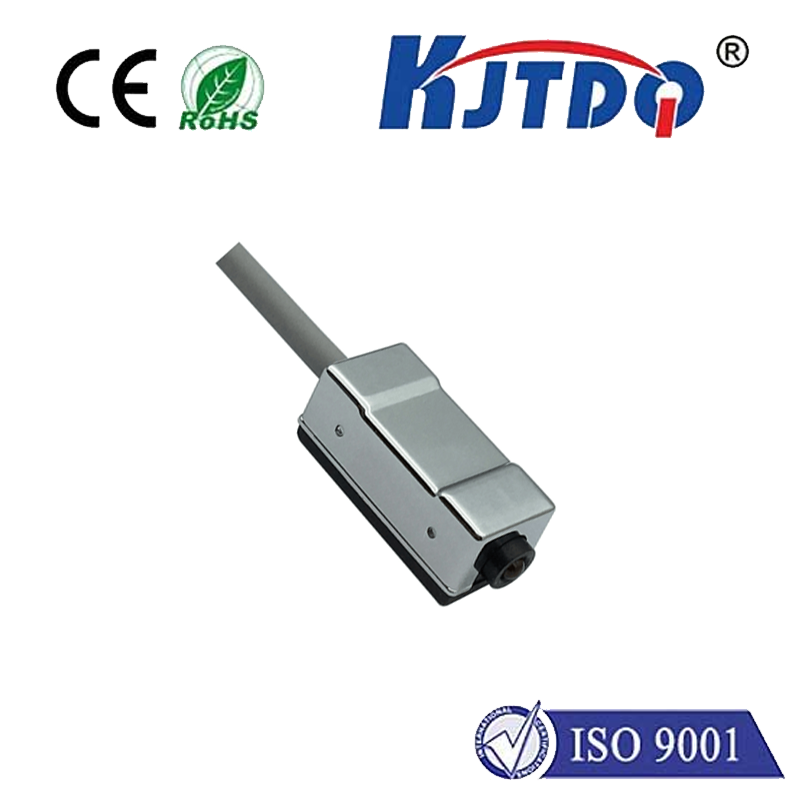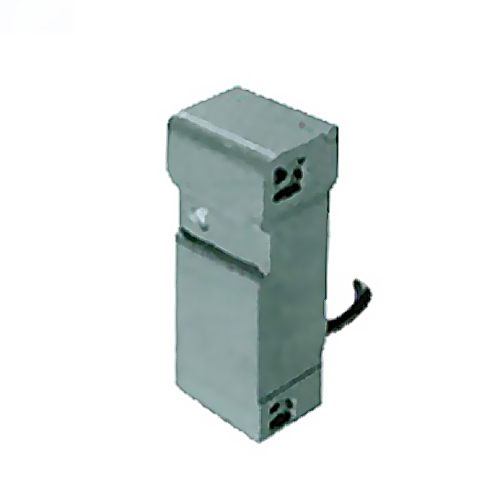

check

check

check

check
Ever wonder what makes a factory machine stop precisely when a part is loaded, or how an automatic door seems to know you’re approaching? Often, it’s the silent, unseen work of a proximity sensor, acting as the machine’s eyes and fingertips. Among the reliable names in this essential field, Roko proximity switch sensors stand out for their consistent performance in demanding industrial environments. Understanding how these devices function and their key advantages is crucial for optimizing automation processes, reducing downtime, and enhancing safety.
At their core, proximity sensors, including those from Roko, are devices designed to detect the presence or absence of an object without requiring physical contact. This non-contact sensing principle offers significant advantages over traditional mechanical limit switches. There’s no wear and tear from repeated impacts, leading to vastly increased operational lifespan and reliability. Roko typically specializes in inductive proximity sensors, a highly popular type ideal for metal detection.

Inductive proximity sensors generate an electromagnetic field. When a metallic object enters this field, it induces small electrical currents (Eddy currents) within the target. The sensor detects this disturbance in its own electromagnetic field and triggers an output signal. The key point is that no physical touch occurs, making these sensors ideal for detecting moving parts, ensuring precise positioning, or counting metallic objects.
Roko proximity sensors excel in several critical performance areas:
Where do Roko Proximity Sensors Shine? Their applications span numerous industries:
Choosing the right sensor involves considering several factors, and Roko offers options to meet diverse requirements: the required sensing distance (from a few millimeters to several tens of millimeters), the type of metal to be detected (as detection range can vary), the operating environment (temperature, chemicals), the required output type (PNP/NPN, NO/NC), the power supply voltage, and the necessary housing size and shape for mounting.
Roko proximity switch sensors represent a fundamental building block in industrial automation. Their ability to provide accurate, reliable, and non-contact detection of metal objects, coupled with exceptional durability in challenging environments, makes them indispensable. The robust construction, noise immunity, and high IP ratings directly translate to reduced machine downtime, lower maintenance costs, and enhanced process reliability. Whether it’s fine-tuning a robotic cell, ensuring packaging integrity, or safeguarding personnel around heavy machinery, Roko proximity sensors deliver the precision and resilience demanded by modern automated systems. Selecting the appropriate Roko sensor model for your specific application ensures optimal performance, contributing to smoother, more efficient, and safer operations across the industrial landscape.
